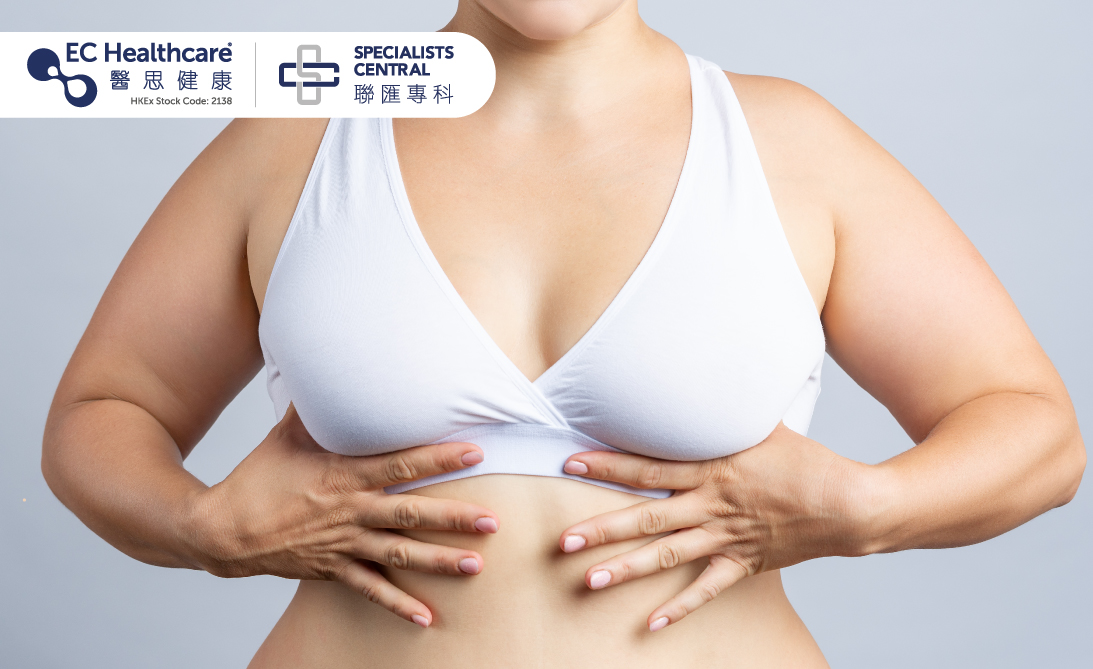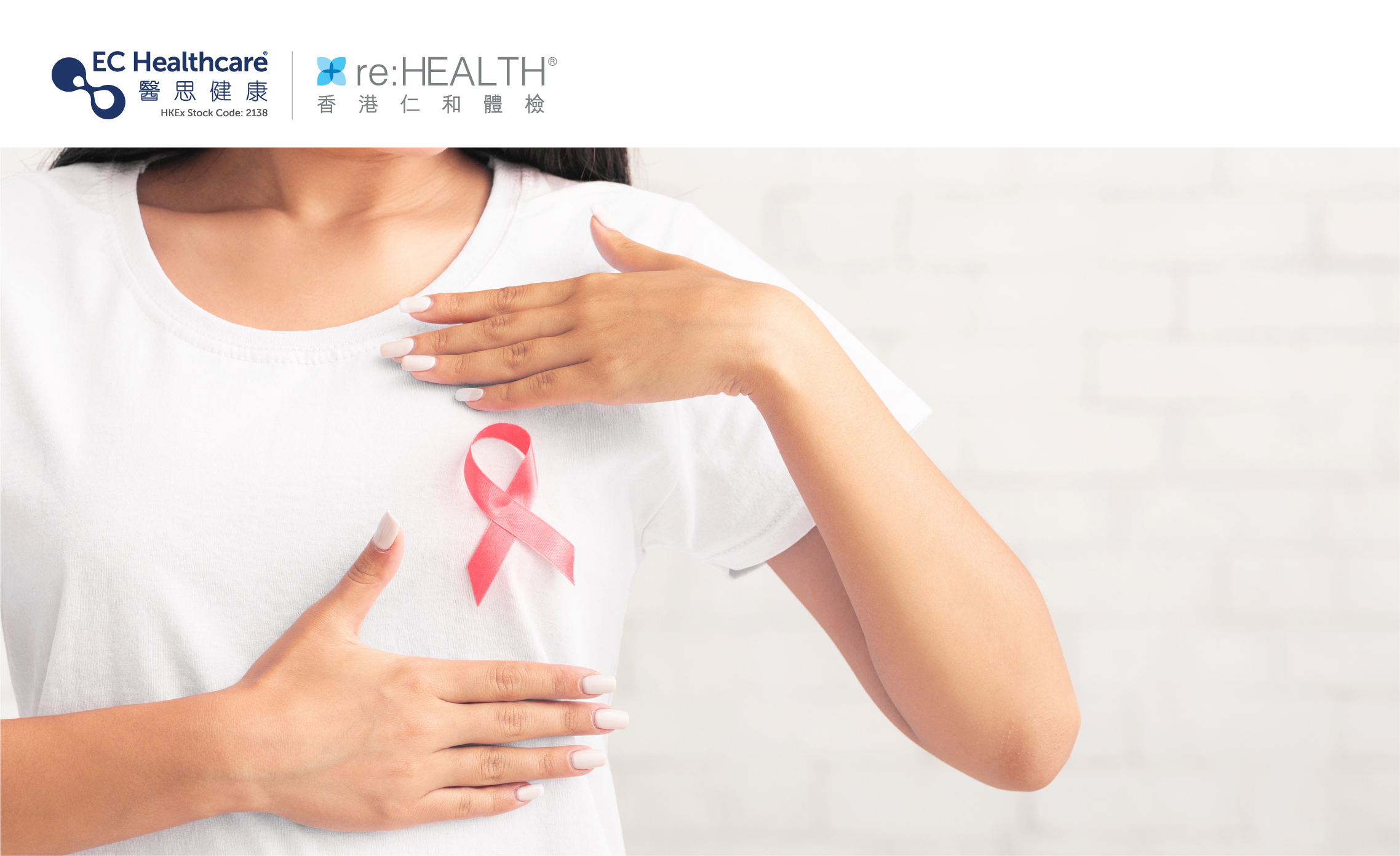Sagging Breasts After Breastfeeding?


Many mothers opt for breastfeeding to provide the healthiest diet for their babies. Yet, as their breasts become larger and smaller before and after pregnancy respectively, and are even sucked by their babies every day while breastfeeding, their breasts will sag easily. How should mothers restore their breast shape and get rid of the post-pregnancy sagginess?
Why will breasts sag after breastfeeding?
The breast is supported by the pectoralis major and the fibrous tissue within the front of the chest wall, and will not sag under normal circumstances. Yet, as it becomes larger and heavier after pregnancy, the connective tissues inside will stretch and lose elasticity. When mothers stop breastfeeding, their mammary glands will shrink, leading to loose and sagging breasts. Rapid weight loss after pregnancy also contributes to sagginess.
Breast sagging can be divided into mild, moderate and severe degrees. You can find out the degree by assessing the distance between the nipple and the breast fold:
Mild sagging: The nipple is less than 1 cm below the breast fold.
Moderate sagging: The nipple is 1 to 3 cm below the breast fold.
Severe sagging: The nipple is more than 3 cm below the breast fold.
Some mothers think the sagginess will go away when they stop nursing, but their breasts may not naturally become firm again as the connective tissues have already been stretched out. They will need a professional medical team to decide on the best treatment option.
The most common measures are wearing a supportive bra, weight control and training the chest muscles. The first two measures can prevent the connective tissues in the breast from becoming too loose. Chest exercises can firm the pectoralis major, supporting and holding the breast in place, thus tightening the sagging breast.
Yet, if the sagging degree is severe, breast augmentation surgery may be required. A sought-after choice is a minimally-invasive surgery which only involves a small incision and provides a quick and comfortable recovery. Compared with traditional breast augmentation surgery, the minimally-invasive variation only produces an incision of 2.5 cm, which significantly reduces the risk of surgical site infection and avoids unpleasant scarring.









